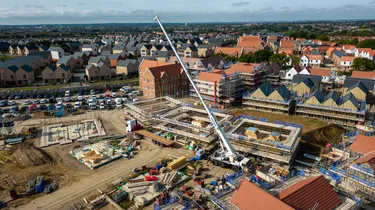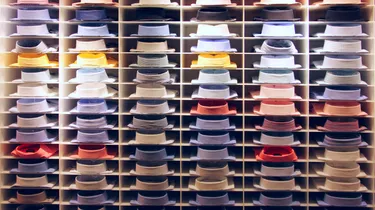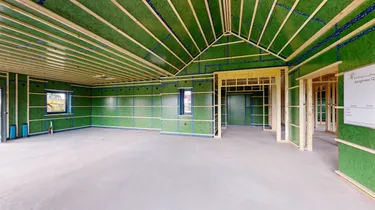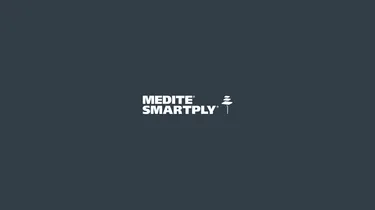
To create healthier environments to live and work in, it’s essential to examine the properties of building materials and their relationship with Volatile Organic Compounds (VOCs). In particular, formaldehyde.
Formaldehyde is a common, naturally occurring VOC, found in all-natural things in very small, safe amounts. This includes trees and is therefore present in all wood products. However, it may become an issue when formaldehyde-based resins are added to wood and wood-based products. Over time, formaldehyde can be emitted into the air, which poses a serious health risk if levels are too high.
What is formaldehyde used for?
Formaldehyde has many uses. It’s mainly found in the production of other chemicals and resins. Formaldehyde resins act as adhesives and binders across a range of industries that produce wood products. These include paper and pulp, plastics, synthetic fibres and textiles. Urea Formaldehyde (a thermosetting resin) is often used as an insulating material in buildings.
What is CARB 2 and why is it important?
Because of the health risks formaldehyde pose, demands to reduce it in composite boards grew. Europe took the first steps to reduce formaldehyde with the introduction of E1 and E2 standards, however, stricter measures were needed on MDF and chipboard producers.
This was in the form of a certification process instituted by the Californian Air Resources Board (CARB). The aim of CARB 2 is to reduce formaldehyde emissions and protect the public form airborne toxic contaminants. It’s the stringent standard for formaldehyde emissions from composite wood products, including MDF panels. Any wood-based products that are CARB 2 compliant offers greater peace of mind to builders, designers and fabricators as the products meet some of most stringent standards in the world.
MEDITE: innovators of low formaldehyde products
As a responsible manufacturer of sustainable engineered wood-based panels, MEDITE SMARTPLY has long been at the forefront of ‘low formaldehyde' innovation in Europe. In addition to meeting the E1 European standard, all MEDITE products have been tested and approved as being fully CARB2 compliant. Each product also carries the relevant identification associated with this rigorous standard.
It doesn’t stop there. The MEDITE team closely monitor and keep up to date with the changing regulations to ensure compliance at every stage.
A spotlight on MEDITE CLEAR
To combat the issue of formaldehyde further, MEDITE SMARTPLY developed MEDITE CLEAR. MEDITE CLEAR is an MDF panel manufactured with no added formaldehyde. It’s been specially developed for use in environmentally sensitive interior applications, where formaldehyde emissions need to be kept to the minimum.
MEDITE CLEAR far exceeds the rigid Class E1 (EN 13986) low formaldehyde standard. Independent tests have shown that the formaldehyde
content of MEDITE CLEAR is less than 1.0mg/100g, which is equivalent to, or less than natural wood.
This innovative panel is suitable for non-stressed applications and is ideal for cabinets, display cases, furniture, fixtures and mouldings designed for environmentally sensitive areas such as museums, laboratories, art galleries, nursing homes, hospitals, nurseries and schools.
MEDITE CLEAR has been used extensively in museums around the world as it helps preserve artifacts by reducing formaldehyde emissions within museum and display cases. Museums include the British Museum and the Victoria & Albert Museum in London, and the Tipperary Museum of Hidden History in Ireland.
Read more about the specification of MEDITE CLEAR for the Tipperary Museum.
No wood product can be entirely formaldehyde free as it’s a naturally occurring substance, however MEDITE constantly works to develop low formaldehyde emission panels to help contractors and fabricators create sustainable, healthier interiors.
Discover the full MEDITE MDF range here: https://mdfosb.com/en/medite-mdf





